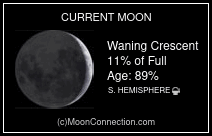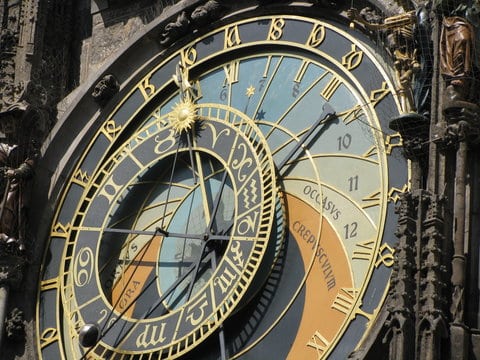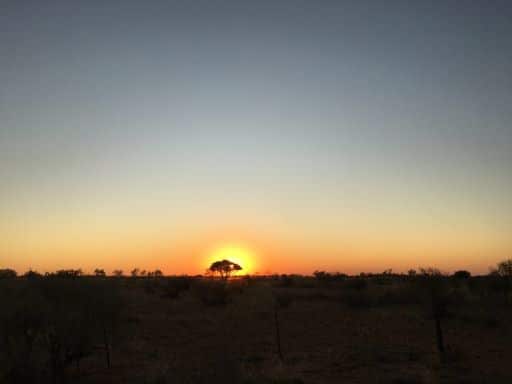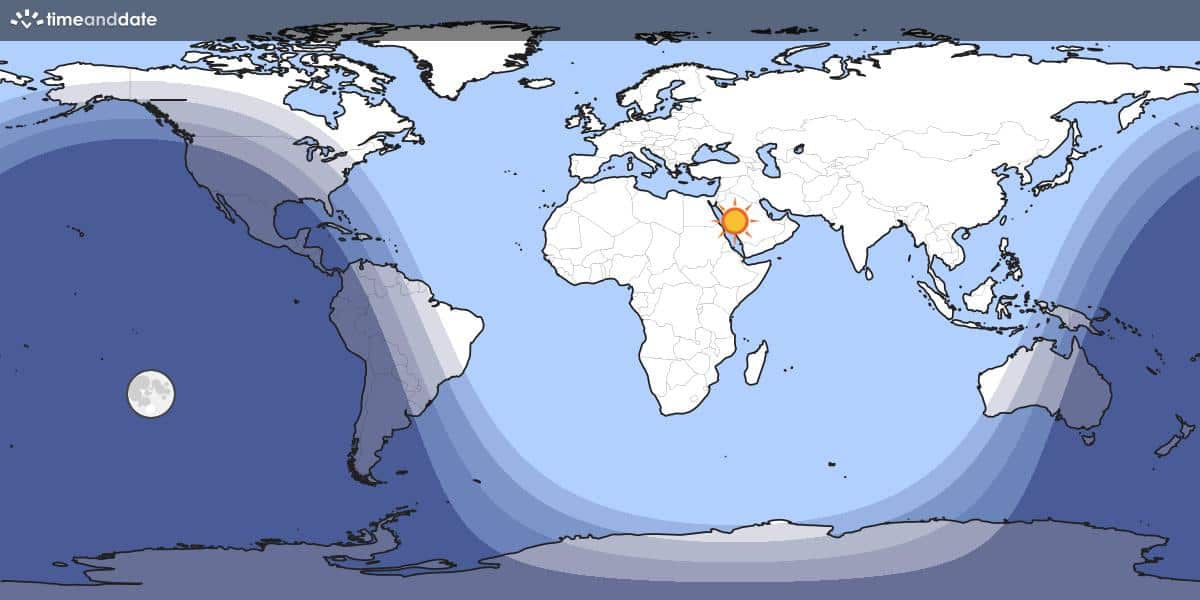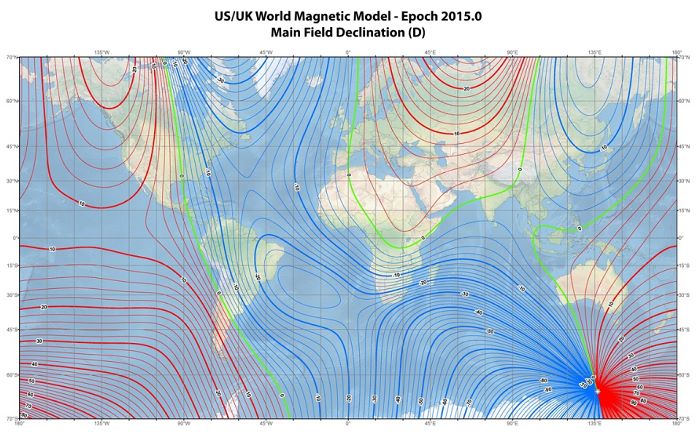LMC 5 Supergiant Shell
Steve Gottlieb’s Observations
NGC 1933 = ESO 085-077 = S-L 420
05 22 27.3 -66 09 08; Dor
V = 11.8; Size 1.2′
13.1″ (2/17/04 – Costa Rica): fairly faint, fairly small, round, 0.8′ diameter, compact with a fairly high surface brightness. Two mag 11 stars aligned WNW-ESE lie 2′ NNE and 3′ NNW.
Notes: John Herschel discovered NGC 1933 + 1932 = h2841 on 2 Nov 1834 and recorded “B; eS; bM; 10″.” On the third of five sweeps, he described this object as “a double neb; pos 260 deg; dist 80”, hence the two GC and NGC entries. But there is only a single cluster at his position and Harold Corwin identifies NGC 1932 with a mag 13 star just west of the cluster and NGC 1933 with the cluster. ESO and the S-L catalogue calls the cluster NGC 1932 = NGC 1933, though only a single number (NGC 1933) should apply to the cluster.
NGC 1941 = LMC-N46 = ESO 085-79
05 23 07.4 -66 22 41; Dor
V = 12.0; Size 0.9′
13.1″ (2/20/04 – Costa Rica): faint, very small, round, 15″ diameter. One or two very faint stars are resolved. Located 2.7′ N of a mag 10 star and 12′ NW of NGC 1945. NGC 1941 is situated within N46, although nebulosity wasn’t evident.
Notes: John Herschel discovered NGC 1941 = h2846 on 20 Dec 1835 and described “a nebulous group or knot.” His single position is ~30″ too far southeast.
NGC 1945 = LMC-N48E = ESO 085-083
05 24 55 -66 27 24; Dor
Size 1.0′
24″ (11/18/12 – Magellan Observatory, Australia): at 200x unfiltered, this LMC emission nebula (N48E) appeared fairly faint, fairly small, ~30″ diameter. The shape is irregular and brighter along the south edge. NGC 1946 lies 4.4′ NE.
Several mag 11-13 stars are in the field to the NW and these seem to stream 10′ in the NE direction, heading towards NGC 1948, a magnificent star cloud and HII complex. NGC 1951, a bright cluster, lies 11′ SE and NGC 1941 is 12′ NW. These objects are located on the W side of the huge LMC-4 Superbubble. A large radio-confirmed SNR is coincident with NGC 1945.
Notes: John Herschel discovered NGC 1945 = h2851 on 3 Jan 1837 and reported “eeF, vvL. Great blotches of diffused nebulosity.” I logged a small, brighter patch of nebulosity on the south side of a large annular ring or loop of nebulosity. Herschel’s description implies a much larger object, though his position is an excellent match with this patch. I’d be surprised if he picked up the entire loop so perhaps the richness of the star field mimicked “diffused nebulosity”. See Harold Corwin’s notes on this number.
In the 1956 “Catalogues of Hydrogen Alpha Emission Stars and Nebulae in the Magellanic Clouds” (ApJS 2, p315), Karl Henize notes N48 “includes NGC 1945.” N48 measures 12.3′ east-west and 15.2′ north-south. It has a slightly irregular outline, is very elongated and shows appreciable structure. N48E (33″ x 36″, somewhat irregular outline, considerably elongated) lies at the centre of NGC 1945.
NGC 1946 = ESO 085-84 = S-L 454
05 25 16 -66 23 42; Dor
V = 12.6; Size 1.0′
24″ (11/18/12 – Magellan Observatory, Australia): bright LMC cluster, fairly small, irregularly round, high surface bright glow, 30″ diameter. Although I didn’t resolve the knot, it’s situated in a glorious rich star field surrounded by numerous stars. A stream of stars, oriented SW to NE, seems to pass through NGC 1946, extending SW to NGC 1945 (4.4′ SSW) and NE to NGC 1948, a magnificent star cloud and HII complex ~8′ NNE. A brighter, parallel stream, consisting of stars of mixed magnitudes and unresolved glow (stars or nebulosity) is roughly 3′ W, extending at least 10′ SW to NE. S-L 470 lies 7′ E.
Notes: John Herschel discovered NGC 1946 = h2854 on 3 Jan 1837 and recorded “pF, R, gradually brighter in the middle, resolvable.” Herschel credits Dunlop with the discovery (D 237), though in the GC and NGC a question mark was added. Dunlop’s position matches this cluster very well though his description, “a rather large faint nebula, 3′ or 4′ diameter, of an irregular round figure, no central attraction” implies a much larger object — probably NGC 1948, whose center is just 6′ NNE of his position.
S-L 463 = KMHK 889
05 26 16.2 -66 03 09; Dor
V = 12.4; Size 0.7′
24″ (4/11/08 – Magellan Observatory, Australia): Picked up while viewing the supernova remnant LMC N49. This object appears as a small, 20″ knot forming a close “double” (8″ separation) with a mag 13-14 star. This object is located just 2.4′ NE of N49!
Notes: Shapley-Lindsay: 25″ diameter. Few condensed stars.



